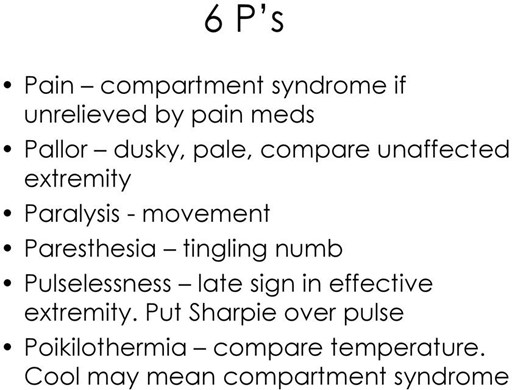A nurse is caring for an adult client who reports having trouble getting to sleep at night. Which of the following recommendations should the nurse make?
"Sleep longer hours on the weekend."
"Keep the television volume low while you are trying to fall asleep."
"Establish a daily exercise routine."
"Remain in bed until you fall asleep."
The Correct Answer is C
Regular physical exercise has been shown to promote better sleep. Engaging in daily exercise can help regulate the sleep-wake cycle, promote relaxation, reduce anxiety and stress, and increase overall sleep quality. It is important to note that exercise should ideally be done earlier in the day, at least a few hours before bedtime, as exercising too close to bedtime may actually have a stimulating effect and make it harder to fall asleep.
The other options listed are not the most appropriate recommendations for addressing difficulty in falling asleep:
1. "Sleep longer hours on the weekend." This suggestion may disrupt the client's sleep routine and can lead to inconsistent sleep patterns throughout the week, potentially making it more challenging to fall asleep on subsequent nights.
2. "Keep the television volume low while you are trying to fall asleep." It is generally recommended to create a sleep-friendly environment, which includes reducing external stimuli like noise, light, and electronic devices in the bedroom. However, watching television right before bedtime can interfere with sleep as the bright light and stimulating content can keep the mind awake.
3. "Remain in bed until you fall asleep." This recommendation may contribute to increased frustration and anxiety if the client is unable to fall asleep quickly. It is generally advised to practice good sleep hygiene, which includes getting out of bed if unable to fall asleep after a reasonable amount of time and engaging in a relaxing activity until feeling sleepy again.
Nursing Test Bank
Naxlex Comprehensive Predictor Exams
Related Questions
Correct Answer is C
Explanation
Neisseria gonorrhoeae is a sexually transmitted infection that is reportable to public health authorities due to its potential for spreading rapidly within a population and its significant public health implications. Reporting cases of Neisseria gonorrhoeae infection allows for appropriate monitoring, treatment, and control measures to be implemented to prevent further transmission and protect public health.
A. Sarcoptes scabies, which causes scabies, is a contagious skin infestation but is not typically a reportable condition to the state health department.
B. Human papillomavirus (HPV) is a common sexually transmitted infection, but it is not generally reportable unless it is associated with certain high-risk strains and leads to specific conditions such as cervical cancer.
D. Impetigo contagiosa, a bacterial skin infection, is not usually a reportable condition unless there is an outbreak or unusual circumstances warranting public health intervention.
Correct Answer is D
Explanation
Diminished pulses in the affected extremity can indicate compromised circulation, which is a serious concern. It could suggest the development of compartment syndrome, a condition characterized by increased pressure within the muscles and tissues of the leg. Compartment syndrome can lead to tissue damage and potentially jeopardize the client's limb. Therefore, it is crucial for the nurse to recognize and address this finding promptly.
One fingerbreadth of space between the cast and the skin is generally considered an appropriate amount of space to allow for swelling and adequate circulation. However, it should still be monitored for any changes or signs of compartment syndrome.
Ecchymosis on the inner left thigh may indicate bruising, which could be related to the injury or the application of the cast. While it should be documented and monitored, it does not pose an immediate threat to the client's well-being.
The client reported that muscle spasms of the left leg can be a common occurrence due to muscle immobility and discomfort associated with the cast. Although it should be assessed and managed for the client's comfort, it is not as urgent as addressing compromised circulation.

Whether you are a student looking to ace your exams or a practicing nurse seeking to enhance your expertise , our nursing education contents will empower you with the confidence and competence to make a difference in the lives of patients and become a respected leader in the healthcare field.
Visit Naxlex, invest in your future and unlock endless possibilities with our unparalleled nursing education contents today
Report Wrong Answer on the Current Question
Do you disagree with the answer? If yes, what is your expected answer? Explain.
Kindly be descriptive with the issue you are facing.
